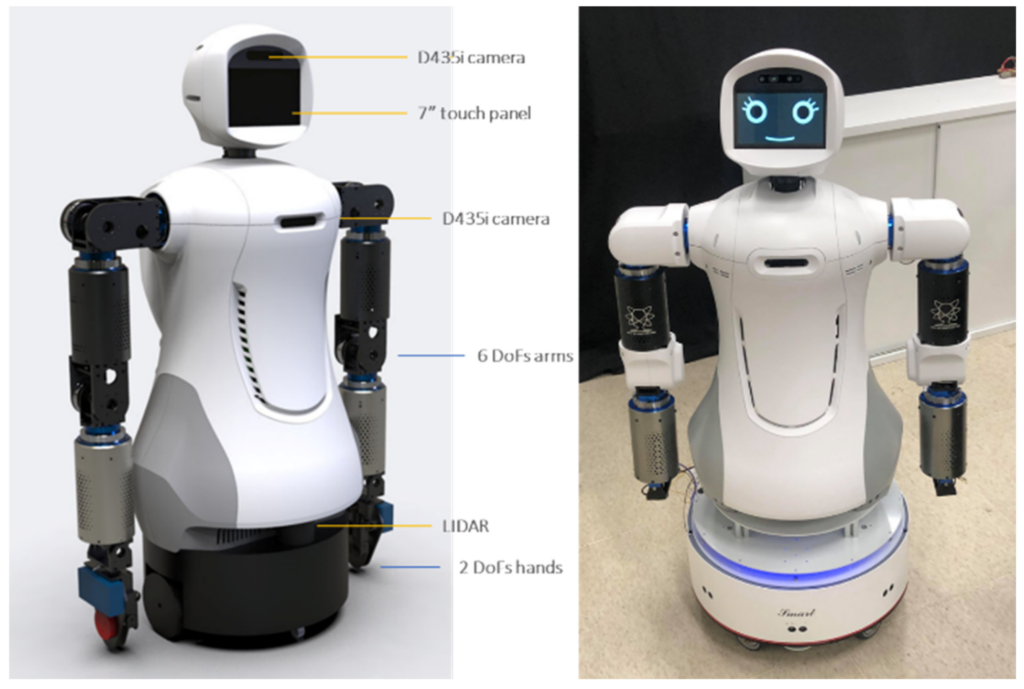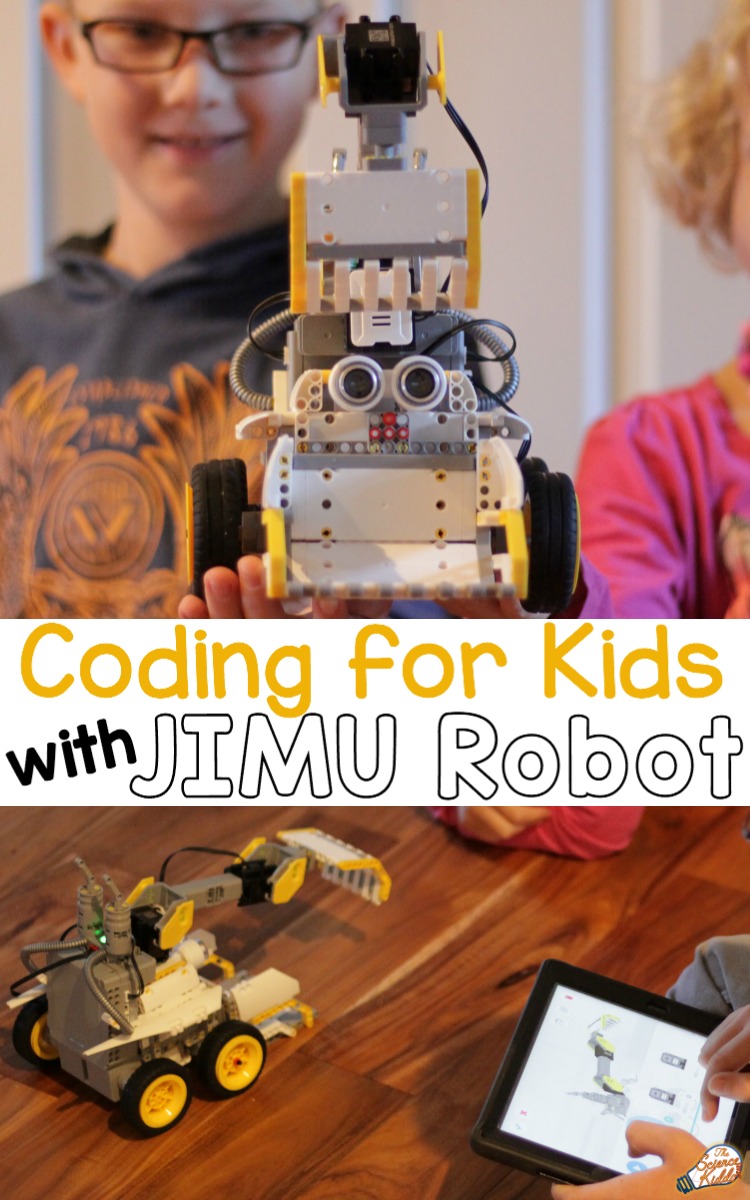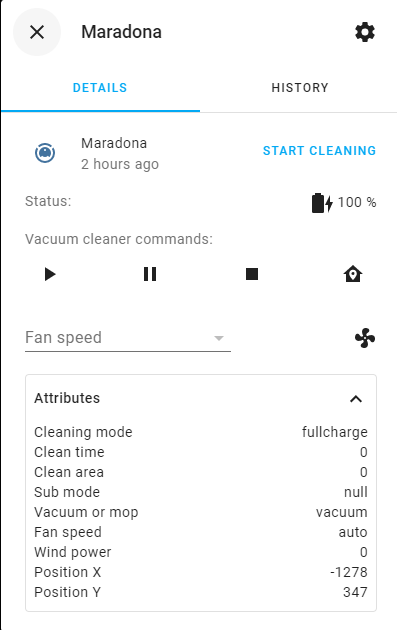How to develop an interactive robot for engagement?
Interactive robots have become increasingly popular in recent years, with businesses and individuals using them for a wide range of applications including customer service, entertainment, education, and more. Developing an interactive robot that can engage people effectively requires careful planning and consideration of various factors. In this article, we will explore the key steps to develop an interactive robot for engagement.
1. Define the purpose and target audience
The first step in developing an interactive robot is to clearly define its purpose and target audience. Consider what tasks the robot will perform and who will be interacting with it. This will help you design the robot’s features and functionality to meet the needs and preferences of its intended users.
2. Choose the right hardware and software
Once you have defined the purpose and target audience of the interactive robot, you can start choosing the right hardware and software components. Consider factors such as the robot’s size, mobility, sensors, actuators, and computing power. Select software frameworks and programming languages that are well-suited to your project requirements.
3. Design a user-friendly interface
The user interface is a critical component of an interactive robot’s engagement capabilities. Design an intuitive and user-friendly interface that enables users to interact with the robot easily and naturally. Consider using speech recognition, gesture control, touch screens, and other interactive technologies to enhance user experience.
4. Implement engaging features and behaviors
To make your interactive robot more engaging, consider implementing features and behaviors that capture users’ attention and encourage interaction. This could include interactive games, storytelling capabilities, personalized responses, and emotional expressions. Experiment with different engagement strategies to see what works best for your target audience.
5. Test and iterate
Testing is a crucial phase in the development of an interactive robot. Conduct usability tests with real users to gather feedback on the robot’s engagement capabilities and identify areas for improvement. Iterate on the design, features, and behaviors based on user feedback to create a more engaging and effective interactive robot.
6. Deploy and monitor performance
Once you have developed an interactive robot that meets your engagement goals, deploy it in your target environment and monitor its performance. Collect data on user interactions, engagement levels, and user satisfaction to evaluate the robot’s effectiveness. Use this data to make informed decisions on future enhancements and updates.
7. Stay up to date with emerging technologies
The field of interactive robotics is constantly evolving, with new technologies and trends emerging all the time. Stay up to date with the latest developments in robotics, artificial intelligence, and human-computer interaction to continue improving the engagement capabilities of your interactive robot. Be open to experimenting with new ideas and technologies to stay ahead of the curve.
Conclusion
Developing an interactive robot for engagement requires a combination of technical expertise, creativity, and user-centered design. By following the steps outlined in this article, you can create a compelling and engaging interactive robot that captivates users and delivers a memorable experience. Keep experimenting, iterating, and innovating to stay at the forefront of interactive robotics.
How to develop an interactive robot for engagement?
Interactive robots have become increasingly popular in recent years, with businesses and individuals using them for a wide range of applications including customer service, entertainment, education, and more. Developing an interactive robot that can engage people effectively requires careful planning and consideration of various factors. In this article, we will explore the key steps to develop an interactive robot for engagement.
1. Define the purpose and target audience
The first step in developing an interactive robot is to clearly define its purpose and target audience. Consider what tasks the robot will perform and who will be interacting with it. This will help you design the robot’s features and functionality to meet the needs and preferences of its intended users.
2. Choose the right hardware and software
Once you have defined the purpose and target audience of the interactive robot, you can start choosing the right hardware and software components. Consider factors such as the robot’s size, mobility, sensors, actuators, and computing power. Select software frameworks and programming languages that are well-suited to your project requirements.
3. Design a user-friendly interface
The user interface is a critical component of an interactive robot’s engagement capabilities. Design an intuitive and user-friendly interface that enables users to interact with the robot easily and naturally. Consider using speech recognition, gesture control, touch screens, and other interactive technologies to enhance user experience.
4. Implement engaging features and behaviors
To make your interactive robot more engaging, consider implementing features and behaviors that capture users’ attention and encourage interaction. This could include interactive games, storytelling capabilities, personalized responses, and emotional expressions. Experiment with different engagement strategies to see what works best for your target audience.
5. Test and iterate
Testing is a crucial phase in the development of an interactive robot. Conduct usability tests with real users to gather feedback on the robot’s engagement capabilities and identify areas for improvement. Iterate on the design, features, and behaviors based on user feedback to create a more engaging and effective interactive robot.
6. Deploy and monitor performance
Once you have developed an interactive robot that meets your engagement goals, deploy it in your target environment and monitor its performance. Collect data on user interactions, engagement levels, and user satisfaction to evaluate the robot’s effectiveness. Use this data to make informed decisions on future enhancements and updates.
7. Stay up to date with emerging technologies
The field of interactive robotics is constantly evolving, with new technologies and trends emerging all the time. Stay up to date with the latest developments in robotics, artificial intelligence, and human-computer interaction to continue improving the engagement capabilities of your interactive robot. Be open to experimenting with new ideas and technologies to stay ahead of the curve.
Conclusion
Developing an interactive robot for engagement requires a combination of technical expertise, creativity, and user-centered design. By following the steps outlined in this article, you can create a compelling and engaging interactive robot that captivates users and delivers a memorable experience. Keep experimenting, iterating, and innovating to stay at the forefront of interactive robotics.



